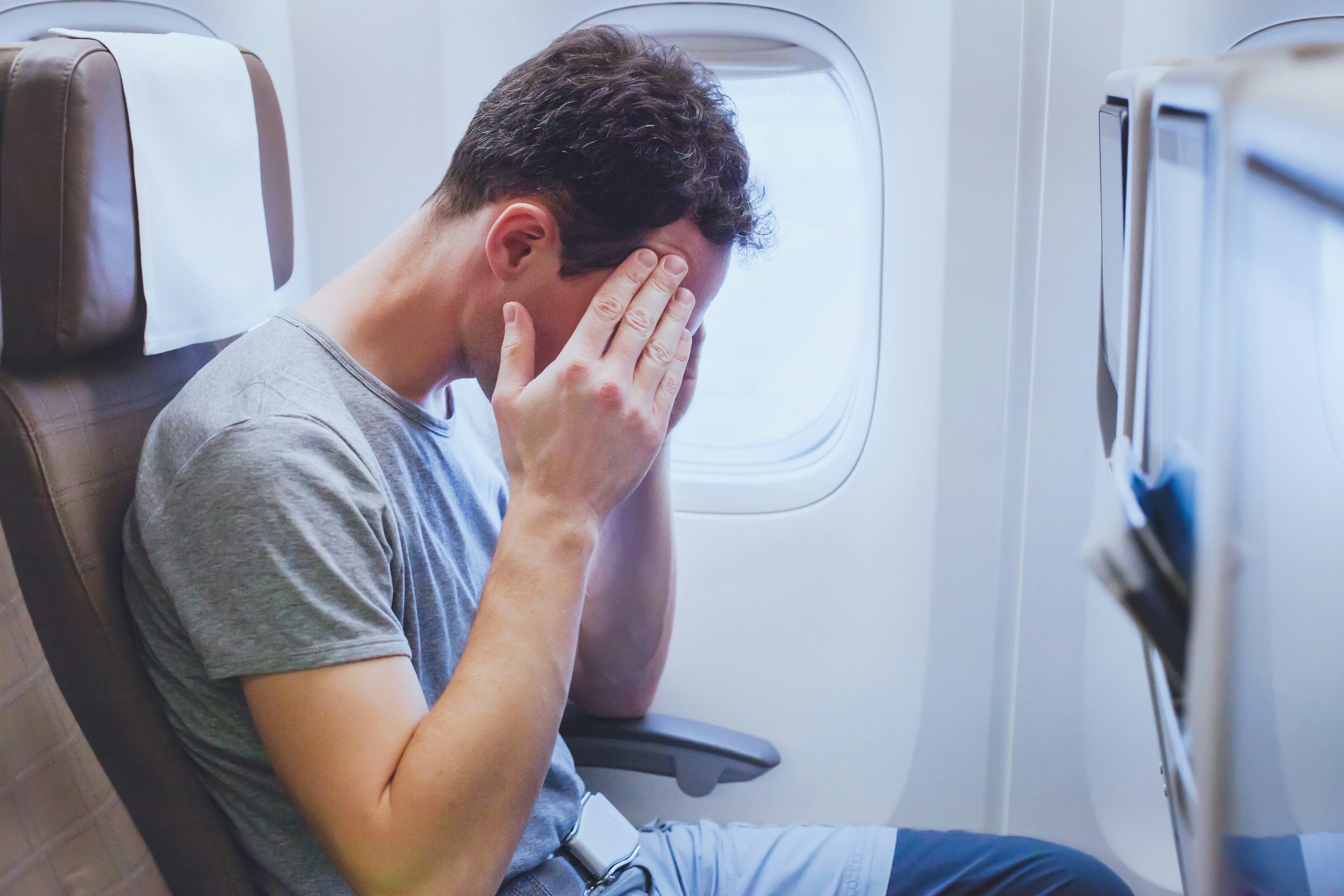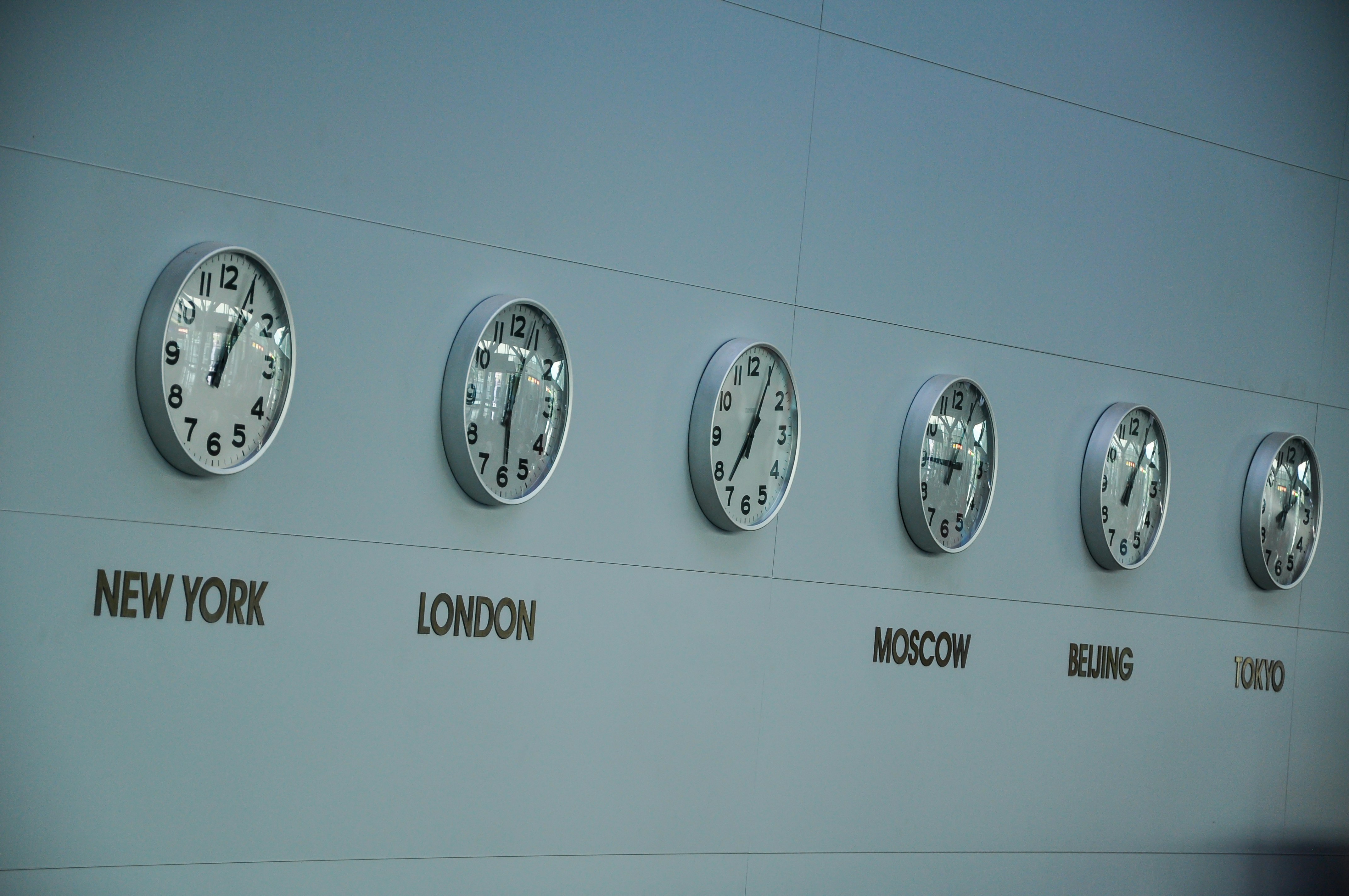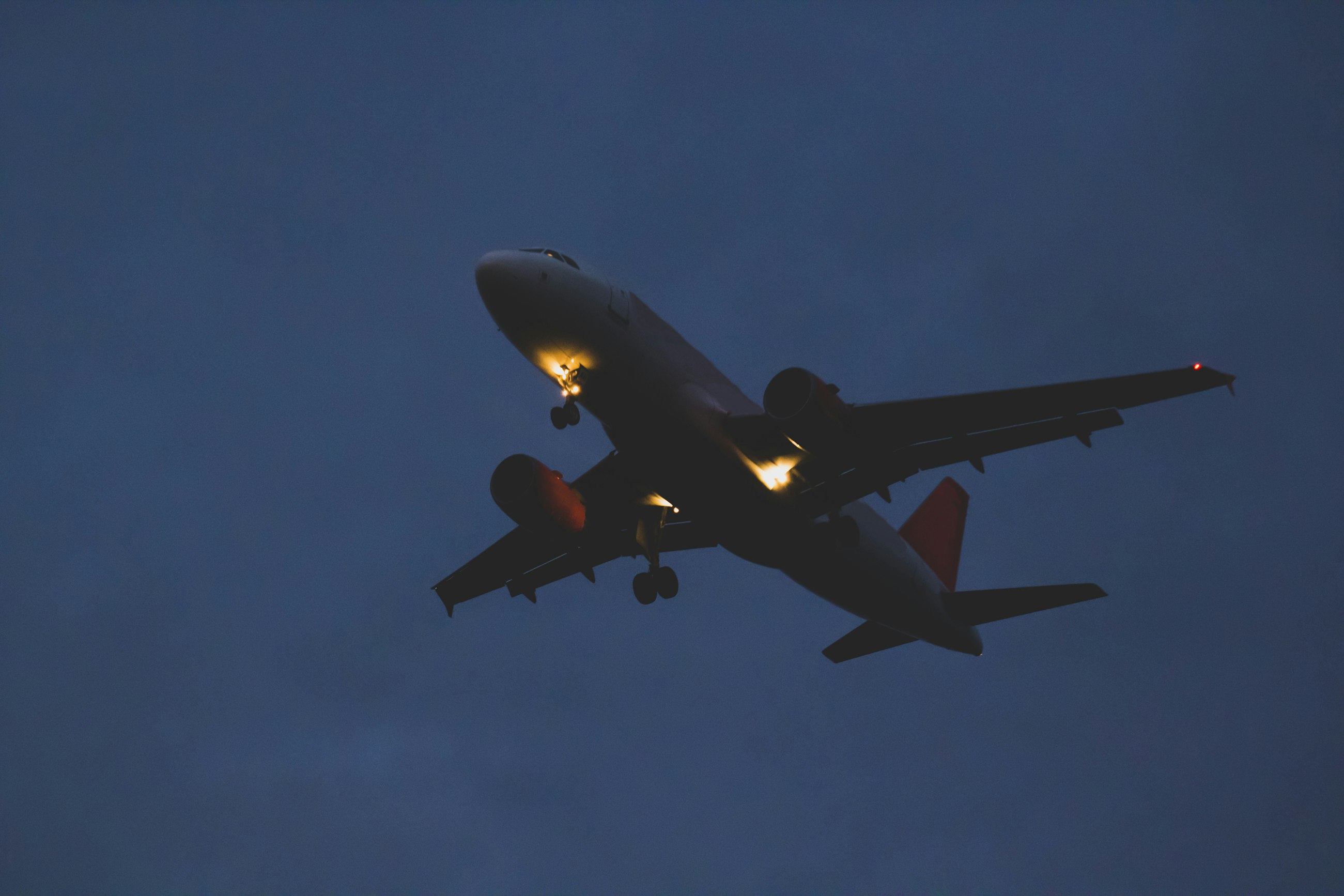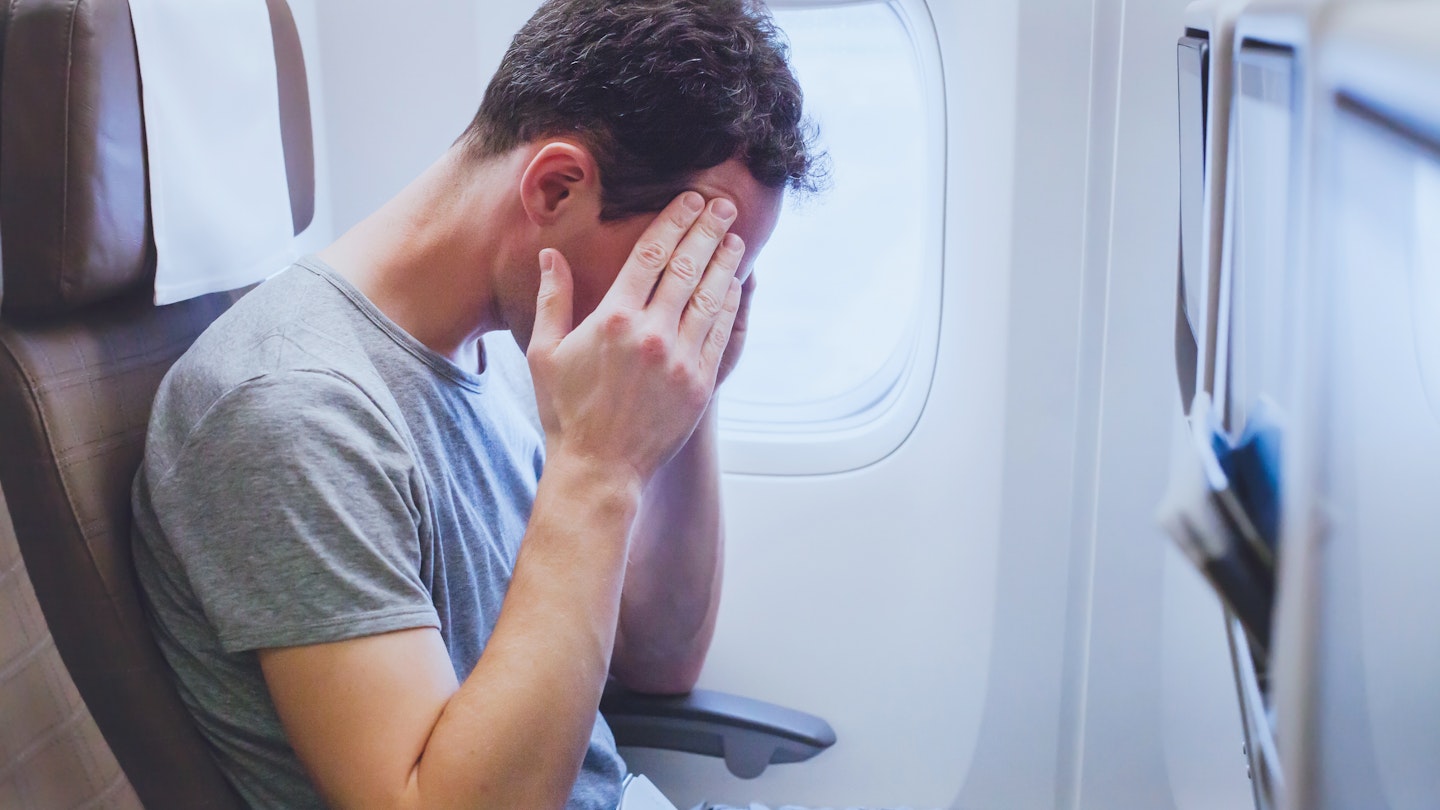Jet lag can be a major impediment when travelling long distances – but is it worse in different parts of the world, or moving to and from particular time zones?

Jet lag is the bane of longhaul travel: waking up in the middle of the night, needing to be asleep when it’s time to go do things (or go to work), and just feeling altogether exhausted, whether you’re at your destination or back at home.
So, it’s no surprise that one of the questions I’m asked as an aviation journalist and someone who travels regularly is ‘which kind of jet lag is worse: flying east or west?’
The answer can be pretty complicated and depends on several different — and often conflicting — factors, but understanding them and how they work together can help you minimise the effects of the dreaded jet lag.
Read more: What are the scientifically proven ways to combat jet lag?
Overall, based on my own experience and talking to a lot of other frequent flyers, it seems like about three quarters of people find eastbound jet lag, when you can’t fall asleep at the normal time and find waking up really hard, worse than westbound jet lag, when you’re falling asleep in the early evening but waking up correspondingly early in the mornings.
However, there’s a minority of folks — that tend, it seems, towards being early birds rather than the night owls among my acquaintance — who find westbound jet lag worse than eastbound. Why? Well, it really depends on a range of factors. Let’s take a look.

The number of time zones and length of the flight are crucial
The first factor might be obvious: the number of time zones you’ll cross. I always say that the worst is 5-7 time zones eastbound. Any less and my body clock usually adjusts because it thinks I’ve had a late night or early morning. Any more than that and everything’s so upended that my body clock does a full reboot.
The first is how many hours you’ll spend in the air (and how many hours there are on the longest flight if you’re connecting). As a rule, I find anything less than five hours is just fine, unless it’s a red eye: the kind of flight that leaves very late at night and arrives very early in the morning, giving you just a few hours of sleep.
Read more: Fight jet lag with this incredible app developed alongside NASA scientists
Between five and nine hours is where it gets a bit gross, because it’s hard to squeeze in enough sleep at a time when your body is ready for it. Anything between about nine and 14 hours is definitely long enough for a proper sleep as well as the relevant meals, while more than fourteen is up into ultra-longhaul territory where I end up so exhausted that my body ends up in full reset mode.
There’s also how much north-south versus east-west your route is going. For example, I often find flights going from, say, Hong Kong to New Zealand is less jet lag-inducing than a similar length of flight from Europe to Japan because more of the flight time is taken up by going north-south and thus you’re crossing fewer time zones.

Connections, the north-south factor and the overnight factors are also key
Jet lag can also be affected by where and when you plan any connections in your journey.
As a rule, I find that I’m less jet lagged (and all around less exhausted) when I make a connection early in the trip rather than later, to give myself a short flight and then a longer one. I reckon it’s because if I’m tired out before I get on my last flight then I’ll conk out and get deeper — and hopefully better — sleep.
Fortunately, while you can’t control what time zone a country is in, you can often control where and when your connection is, especially with the growth of the large airline alliances, and choose different options in each direction.
Jet lag also depends on whether you’re flying overnight. There are a couple of schools of thought here, and if you’re on holiday you might not want to lose a day to travel and prefer to travel overnight, but myself and a lot of my friends in aviation prefer to take those rare morning flights from the US east coast to Europe, for example, if we don’t have to connect the same day. It’s a short day, but that’s less jet lag-inducing than a short night, I find.
Read more: Ask Lonely Planet: 'How can I beat jet lag when I travel frequently for work?'
If you do have to take an overnight flight, make sure you check what time it departs. There are a range of flights from New York to London departing between around 6pm and 11pm, which arrive at between 6am and 11am the next morning, taking about six hours and adding five hours of time difference.
I find that if I’m on a 6pm departure I never sleep: on the ground I tend to hit the hay around 11pm if I’m being good, which is about the time in the flight that the crew are waking everyone up for a delicious breakfast of orange juice and a croissant.
If I’m on the 11pm departure, then it’s straight to Bedfordshire after takeoff and it feels like I’m just having a very early morning the next day. And, top tip: bring a sandwich and eat it in the terminal, or buy something there, so you can go directly to sleep without waiting for your airplane food on departure.

So which are the worst flights for jet lag?
There are a few popular contenders for the world’s worst jet lag routes, and they’re pretty much all red eyes.
One contender is the high-volume set of routes from the close end of the US east coast to the western end of Europe, which really comprises anything in an arc like Washington to London, New York to Paris, Boston to Frankfurt, or even Chicago to Dublin. (Aer Lingus is great in terms of efficiency and often price, but my goodness those short overnights to Dublin are especially brutal on the jet lag, particularly if winter tailwinds speed you on your way.)
Read more: How I survived 30 hours of travel (without losing my mind)
Another contender are overnight flights within the US, whether that’s some of the growing number of very late departures travelling across half the country or the diagonally-drawn flights known as 'diagcon', like 'transcon' from 'transcontinental', but from (say) the Pacific Northwest to Florida.
The overnight routes from Perth to Australia’s east coast, especially Sydney and Brisbane at just about four hours, are also pretty brutal. That’s not enough time for sleep in anyone’s book.












